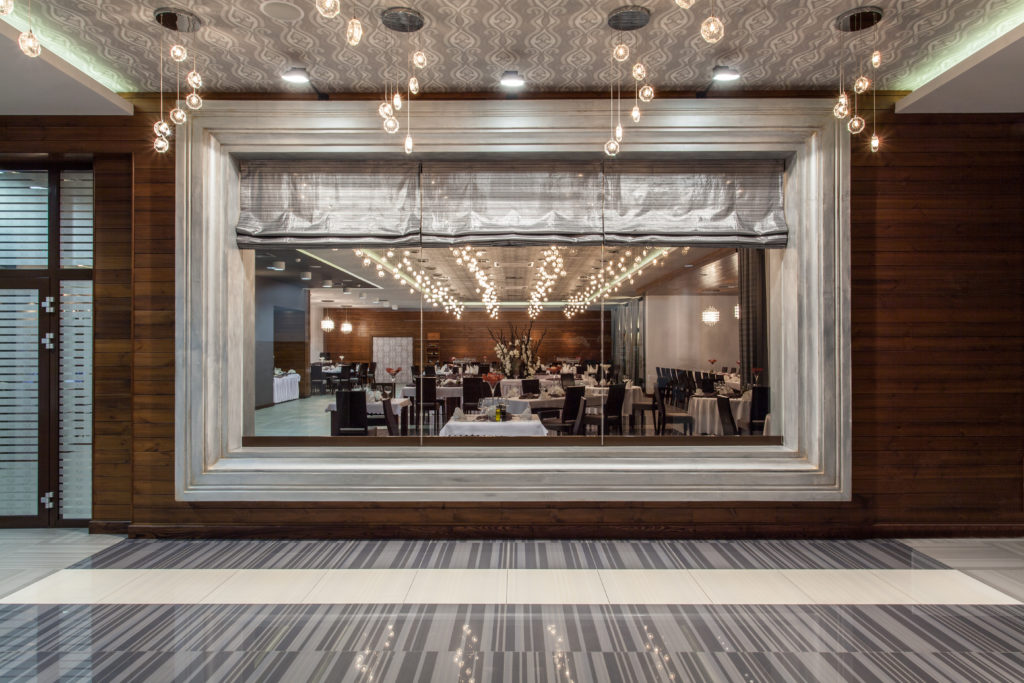Is it better to offer convenience for loyal customers or pack a room with waiting diners? Many graduates from culinary arts institutes will have to ask themselves this question as they become involved in running restaurants. There are two major schools of thoughts when it comes to taking reservations, and it’s important to consider both when deciding what is right for your own business.

Booking tables
Reservations can make it much easier for customers to dine in a restaurant. Being able to set plans in advance minimizes the risk of spending time and money to travel to a popular spot, only to find it packed. Meanwhile the restaurant can roughly estimate how many guests will be present on any given night and plan for its staffing needs ahead of time.
Bon Appetit explained that sticking to a timetable is especially important for people who have young children and need to arrange babysitting. Diners with reservations can head out with no worries about whether they will be seated in a timely manner. Greg Fanslau of Brooklyn’s Prime Meats stated that these customers have greater confidence than they would otherwise.
“It makes them feel like they’re in control and not taking a chance by coming in,” he said.
However, there are also serious drawbacks to this convenience. The Kellogg School of Management at Northwestern University pointed out that offering reservations can be expensive for restaurants. The business must either pay for an employee to answer the phone or for a reservations service through an online application like OpenTable or CityEats. Then, when customers fail to show up it can mean a table is left empty, resulting in a loss of revenue.
Given these concerns, some establishments have tried out alternative approaches to traditional reservations. For instance, restaurateur Nick Kokonas, best known for Chicago’s Alinea, introduced a ticketing system called Tock. As Eater discussed, the software toolbox allows restaurants to take traditional reservations, collect a deposit to reserve a table or dine in a specific area or charge in advance for prix fixe tasting menus.

Form a line
Of course, the simplest way of eliminating the expenses associated with reservations is not to take them. In addition to the savings, there are other advantages to this approach. A line out the door can make great advertising, and many restaurateurs like to maintain a more raucous atmosphere.
One of the most outspoken proponents of this way of doing business is Ken Friedman of New York City gastropub The Spotted Pig. He explained in Food & Wine that he prefers to keep his restaurant bustling and noisy, full of people having a good time. Plus, customers buy drinks while they wait for tables, and alcoholic beverages have a much higher profit margin than food.
“I wanted it to feel like a bar and taste like a great restaurant,” Friedman wrote.
While this can be an effective strategy for a West Village pub, not every restaurant will be able to make that approach work. Maggie Hoffman of Serious Eats wrote on American Express Open Forum about some of the most important factors that go into making no-reservations policy successful.
If a business is located in a popular neighborhood with plenty of foot traffic, it’s more likely to have a full dining room. A restaurant that serves quick, casual meals can turn over tables fast and work its way through a line, whereas a fine dining restaurant with multiple courses is probably better off allowing guests a pre-set time. Finally, guests need someplace to wait, whether that is a bar, a beer garden or just a waiting area with comfortable seating.
In any case, many restaurateurs and dining enthusiasts are unconvinced that the often frustrating no-reservations policies are wise or fair. Washington Post food critic Tom Sietsema is among those who have argued that there may be a better way to prevent no-shows than a strict first-come first-served policy. He suggested charging the cost of an average check per guest who does not either appear or cancel the table.
Each restaurant is a little different, and there is no single approach to reservations that works best. The leadership at an establishment must decide on a strategy that makes sense for its overall concept, the target consumers and the location.


